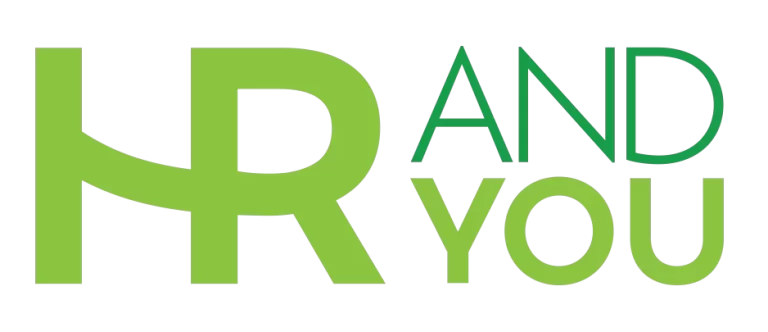
Get ready for the Statutory Payments increasing in 2025
Each year statutory payments, employment rates and limits increase, this occurs in April each year, all in all the rises
Bullying and harassment in the workplace can have devastating consequences, not only for the Employees who are subjected to such behaviour but also for businesses themselves.
In our article, we will explore the critical steps Employers and HR teams can take to eliminate bullying and harassment in the workplace. We highlight the definitions of harassment and bullying, how they impact your Company, the importance of having clear policies, and practical ways to make improvements.
Why not take a read, let’s take a look:
To address workplace bullying and harassment effectively, it is essential to first understand the terms:
Harassment: harassment refers to any unwanted behaviour, actions, or conduct that create a hostile, intimidating, or offensive work environment. Harassment can be based on various factors, including race, gender, age, religion, sexual orientation, disability, or any other protected characteristic. It can manifest as verbal abuse, offensive jokes, threats, or even physical assault
Bullying: bullying involves repeated, aggressive, and unfair treatment directed towards an Employee. It may include actions such as humiliation, excessive criticism, isolation, or spreading malicious rumours. While bullying may not always be linked to a protected characteristic, it can lead to serious emotional and psychological harm
Bullying and harassment can have profound effects on your Company. Understanding how these behaviours impact your organisation is crucial to motivating change. Here are some ways these issues can affect your Company:
Decreased Productivity: Employees subjected to bullying and harassment often experience decreased productivity due to the emotional toll it takes on them. This can lead to missed workdays, decreased morale, and a lack of motivation
High Turnover: Employees who face bullying or harassment are more likely to leave their jobs. This can result in increased recruitment and training costs, impacting your bottom line.
Legal Consequences: Failure to address workplace harassment and bullying can lead to legal action against your Company. Discrimination and harassment claims can result in costly tribunals and damage to your Company’s reputation
Negative Workplace Culture: A culture of bullying and harassment can lead to an overall toxic work environment, which may deter talented Employees from joining your Company and diminish your brand image
To eliminate bullying and harassment, Employers and HR teams must implement clear and comprehensive policies. These policies should include:
Non-Discrimination Policy: you should create a policy that clearly states that your Company does not tolerate discrimination based on any protected characteristic
Anti-Harassment Policy: you should develop an anti-harassment policy outlining what constitutes harassment, how to report it, and the consequences for offenders
Bullying Prevention Policy: you should include guidelines for preventing and addressing workplace bullying. Make it clear that bullying is not acceptable in your Company
(You can integrate these policies into the one, you can then name: ‘respecting each other’ for example)
Whistle-blower Protection: you should ensure that Employees who report bullying, or harassment are protected from retaliation, and you should have a clearly defined policy in place
Complaint Procedures: you should outline a formal procedure for Employees to report incidents of bullying or harassment, including multiple reporting channels
Creating a safe and inclusive workplace takes more than just policies. Here are some practical steps you can consider to make improvements:
Training: you should regularly train Employees and Managers on recognising and preventing harassment and bullying. Make sure everyone understands the policies and reporting procedures
Promote Inclusivity: you should foster an inclusive workplace culture that values diversity and respects differences
Swift Response: you should investigate all complaints promptly and take appropriate action against offenders. This sends a strong message that such behaviour will not be tolerated
Encourage Open Communication: you should create an environment where Employees feel comfortable reporting issues and concerns
Regular Reviews: you should continuously assess your policies and procedures to ensure they remain effective and up-to-date
Eliminating bullying and harassment in the workplace is not just about following legal requirements; it’s about creating a positive, productive, and inclusive environment for your Employees. By understanding the definitions, recognising the impact on your Company, implementing clear policies, and taking proactive steps to make improvements, you can build a workplace that is free from bullying and harassment, benefiting both your Employees and your Company.
We are experts dealing with your HR, and Employment Law matters, we can assist you with any type of HR matter, should you need our support you can contact one of our team today and we can assist you; contact us on: 0333 0069489 or email us on: [email protected]
Disclaimer
This article contains a general overview of information only. It does not constitute, and should not be relied upon, as legal advice. You should consult a suitably qualified lawyer on any specific legal problem or matter.
HR and You Ltd, owns the copyright in this document. You must not use this document in any way that infringes the intellectual property rights in it. You may download and print this document which you may then use, for your own internal non-profit making purposes. However, under no circumstances are you permitted to use, copy, or reproduce this document with a view to profit or gain.
In addition, you must not sell or distribute this document to third parties who are not members of your organisation, whether for monetary payment or otherwise.
This document is intended to serve as general guidance only and does not constitute legal advice. The application and impact of laws can vary widely based on the specific facts involved. This document should not be used as a substitute for consultation with professional legal or other competent advisers. Before making any decision or taking any action, you should consult a HR and You Ltd Consultant or a member of our legal team.
In no circumstances will HR and You Ltd, or any company within HR and You Ltd be liable for any decision made or action taken in reliance on the information contained within this document or for any consequential, special or similar damages, even if advised of the possibility of such damages.

Each year statutory payments, employment rates and limits increase, this occurs in April each year, all in all the rises

This year as an Employer you need to be aware the potential for a shortfall in annual leave entitlement for

What should you do when someone resigns??, a quandary that perhaps you have faced, are facing, or will do in

Company No 11992982
You get no hidden fees, just one low monthly fee based on how many Employees you have. You have no long Contract terms, guaranteed.
Made by Pixelmate
